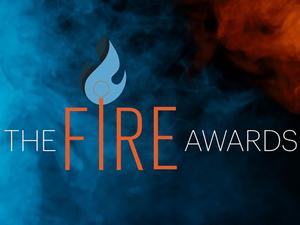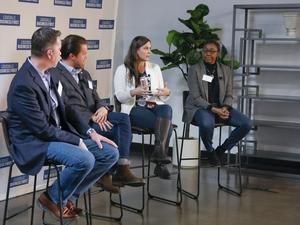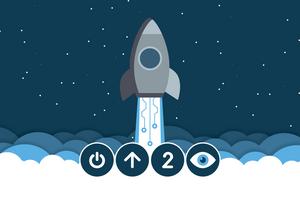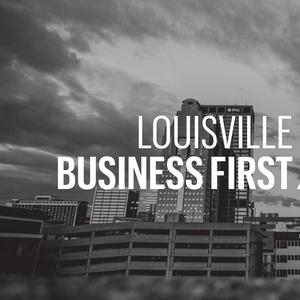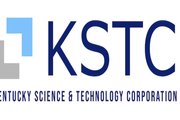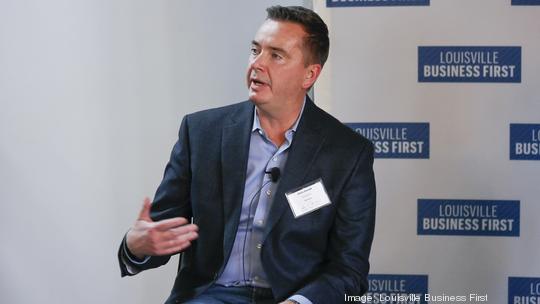
At its founding, Climavision had been in stealth mode for about two years until an announcement in June 2021 of a $100 million investment from The Rise Fund.
Recently, the weather tech company specializing in Radar-as-a-service and weather forecasting offerings has been, well, flying a bit under the radar — until now.
After launching six radars in the Southeast U.S., Climavision co-founder and CEO Chris Goode told me this week that the company has plans to deploy three more (in undisclosed locations) in the same part of the country within the next 30 days — and approximately 35 total in the area by the end of the year.
Although Goode would not disclose exact revenue figures, he did say the company generated several millions of dollars in revenue in 2022, and expects “significant growth in 2023 as these radars come online.”
Climavision, which was a finalist for last year's Fire Awards under the category of "The Disruptors," has around 30 clients in various sectors including media (TV stations), large event producers, agricultural institutions, insurance companies and energy companies.
Those clients use the information provided by Climavision through both its real-time climate intelligence data and its predictive modeling — which can make 16-day forecasts using its Global Radio-Occulation and Observation (GRO) forecast model — to make a variety of important weather-based decisions that pertain to their businesses and industries. GRO has been up and running for about 12 months.
“We [collectively] set ourselves up for all of the headlines that you've heard over the past couple of years — and that is the vulnerability of our [power] grid … So what our insights provide is a much more granular understanding of heating degree days and cooling degree days,” Goode said.
“Just imagine the value of us being able to give you a forecast 16 days out. It shows that that heat wave or that cold snap occurred. That way you can prepare the grid for resilience.”
![Climavision Radar West Feliciana Parish, LA[19]](https://media.bizj.us/view/img/12434631/climavision-radarwest-feliciana-parish-la19*540xx1458-820-72-0.png)
By pairing with partners that have low-Earth orbiting satellites, Climavision's technology collects upper atmosphere data over what have previously been data-sparse areas, such as oceans, where previous methods are limited in their ability. Goode said there were about 800 weather balloons in the world, which are launched twice a day.
“They create a vertical profile and the atmosphere … which is completely insufficient when you think about the size of the Earth,” Goode said. “That leaves a massive amount of real estate that hasn't been covered today, but now because of these low-Earth orbiting satellites, and bringing in that information that really helps to drive an improvement in the modeling.”
The bigger plan
From his NuLu office inside the Lodgic building, Goode showed me the locations of the 166 radars that are operated by the U.S. government for the National Weather Service. He then showed the six built by Climavision, which have been made publicly known.
Each radar has a radius of about 60 miles.
“Technically, radars can see as far as basically to infinity, but from a practical standpoint, when you think about their effective coverage, it's only as good as what they can penetrate as it moves through the atmosphere,” Goode said.
Goode said the nine radars will form the first part of a supplemental radar network meant to “augment” the current previously established infrastructure to help the lack of coverage caused by what he said were “low-level gaps” where nothing is observed, due to the half-degree tilt of the radars and the natural curvature of the planet.
“So we focus on the low levels, and we complement the existing radar network that the government provisions provides. It’s not a duplicate of what they provide. It's supplementing,” said Goode, who served as a meteorologist for TV stations and the U.S. Air Force in the early stages of his career.
The first radar was established in the summer of 2022 outside of Charlotte, North Carolina, before adding radars near Greensboro, North Carolina, Baton Rouge, Louisiana, Augusta, Georgia, and, most recently, two in Texas.
Goode said his company has divided up its radar implementation into three geographic phases, the first being the Southeast (given the “weather sensitivity” caused by large natural disasters such as hurricanes), followed by the upper Midwest and the Northeast and lastly the Western U.S.
Climavision should be operating more than 200 radars across the county when all of the phases conclude, Goode said.
In addition, the company announced a partnership with a large climate tech company, MeteoWeather, on Tuesday.
Based out of Amman, Jordan, MeteoWeather provides similar services to clientele in the Middle East and North Africa. Under the agreement, the two companies will join efforts in sales and marketing activities geared toward airports and aviation companies in the Middle East.
“We’re partnering with MeteoWeather to really maximize existing relationships that they have in the region across the Middle East, to target energy producers there, as well as the airlines and part of the transportation industry as well,” Goode said.
There is also a sustainability component as well. According to a news release, the GRO model can improve fuel performance and efficiency of planes, among other benefits.
Climavision has 33 employees, 10 of whom live in the Louisville area. Goode said by the end of the year, he hopes to have 15 more employees. He added his executive team has no vacancies at this time.
The company has origins with Enterprise Electronics Corporation (EEC), a U.S. commercial weather radar system company. Goode served as the CEO of EEC for seven-and-a-half years before co-founding Climavision.
